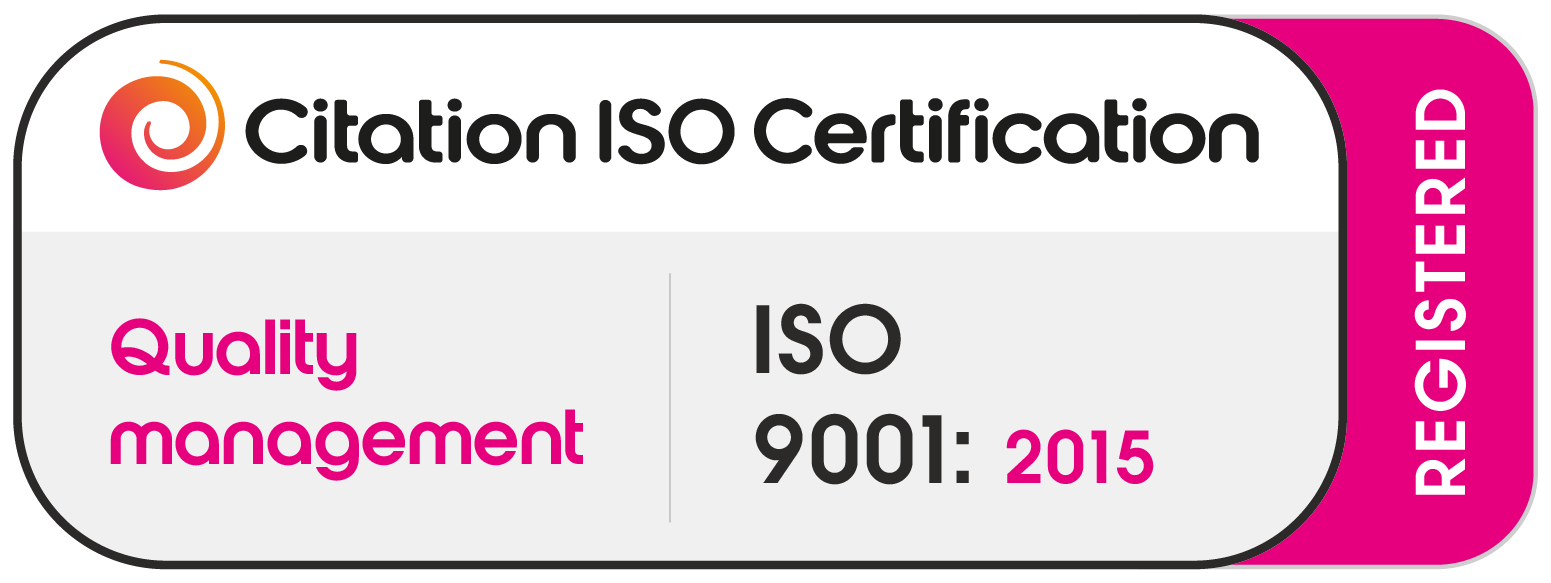We all have preferences. Whether it’s music, coffee, or colour schemes—tastes vary wildly. But here’s a trap that shows up in Tech Due Diligence again and again: UI bias.
It’s easy to judge software by its interface. But that’s often where poor diligence starts. When you’re evaluating a target, the job isn’t to fall in love with the design—it’s to understand the substance underneath.
We’ve seen this in multiple industries. The P&L is fabulous, yet the UIs might look outdated—or downright terrifying—but behind the scenes, the software might be rock solid, mission-critical, and packed with untapped value.
Here are three industries where this crops up most often:
🏦 Fintech: The Jurassic Stack
In fintech, user interfaces can resemble something between Excel hell and a command prompt. Sometimes there’s a slick UI on top, but underneath it? Decades-old core systems, duct-taped together by time and institutional knowledge.
The default instinct is to wince—but don’t. These systems have processed billions in transactions. They’re locked-down, time-tested, and in many cases, more secure because of their opacity.
Yes, they might look like a computer from Jurassic Park. But they work.
Our job isn’t to mock the UI—it’s to identify technical debt, assess upgrade paths, and tell you whether the old code is a bomb or a moat.
🏭 Manufacturing: When Legacy Becomes Product
Manufacturers often build their own internal BMS (Business Management Systems), which eventually morph into revenue-generating SaaS products.
But here’s the tell: the system only runs on a local install, was built in the 2000s, and has a UI that looks like a McDonald’s touchscreen.
Behind the dated interface, though, are the real questions:
- Where’s the data?
- Is it secure?
- Can the system scale?
Security maturity varies wildly across manufacturers. Some are bulletproof. Others? Swiss cheese. If institutional investment is coming, we often recommend a cloud transition—but that brings EBITDA consequences. Moving from cheap legacy hosting to scalable, resilient infrastructure requires strategy, not just spend. Sometimes it’s vital to invest and upgrade the UI but that will need an assessment of the team’s history and capabilities before you commit.
🛒 Retail: SAP by Way of Frankenstein
In retail back offices, the focus is global logistics, vendor collaboration, and supply chain efficiency. And the software? It shows.
Think screens of grey. Rows of input fields. Confusing menus and SAP-like logic. But again—don’t let the UI fool you.
What matters is whether the system:
- Drives the business process
- Enables collaboration
- Provides operational leverage
Good DD means mapping how value is created, not how pretty the interface looks.
🤖 One Last Word: The AI Interface Shift
Ironically, as AI tools become more embedded, we’re seeing a return to text-based interfaces. Prompts. Commands. Agents.
The trend? Less emphasis on beautiful design. More on clarity, intent, and instruction. Software success may soon be judged not on its UI, but how well it understands a sentence.
Substance Over Style
Whether it’s green-screen fintech, photo-buttoned manufacturing software, or SAP-lite retail platforms, the lesson is the same: don’t let ugly UI cloud your judgement.
Great Tech DD sees through it—assessing systems for value, risk, scalability, and future potential. A slick UI might help with demos. But resilience, data quality, and architecture will make or break the deal.







